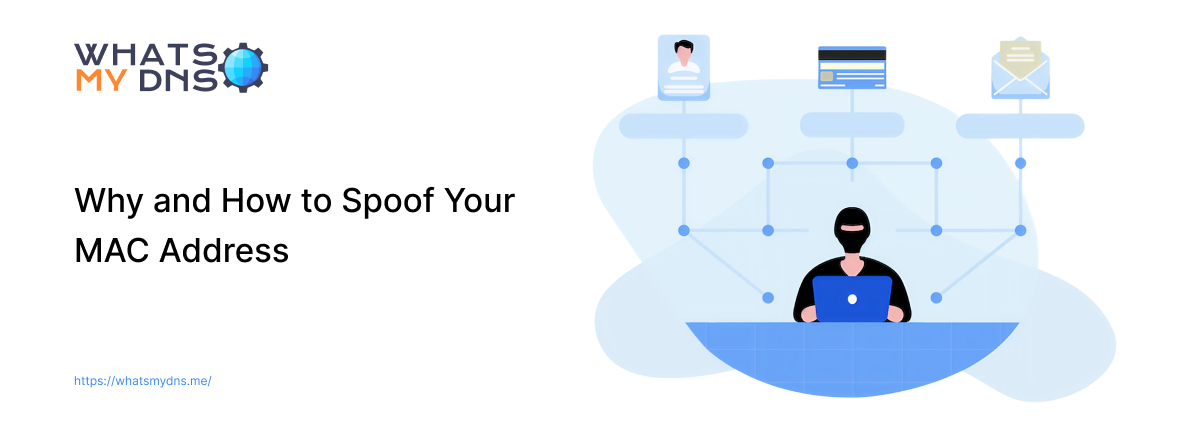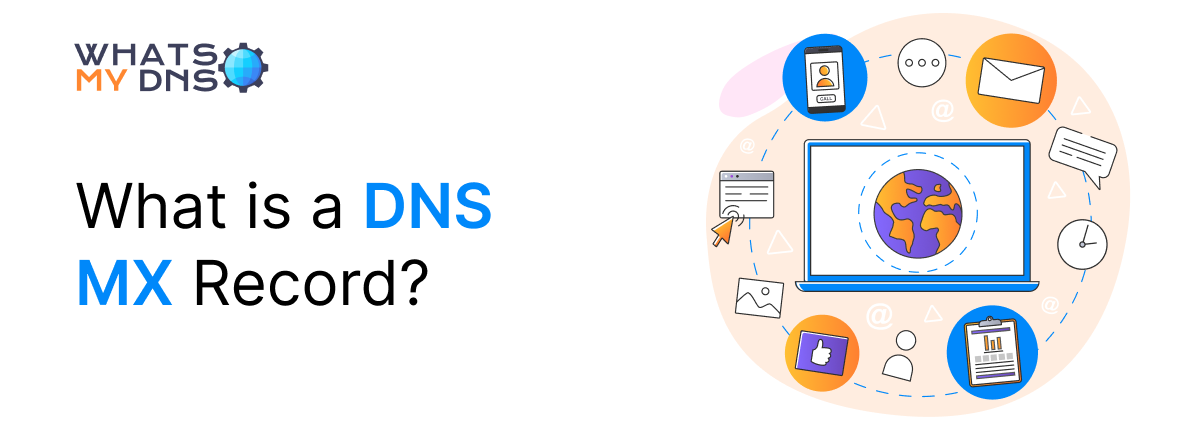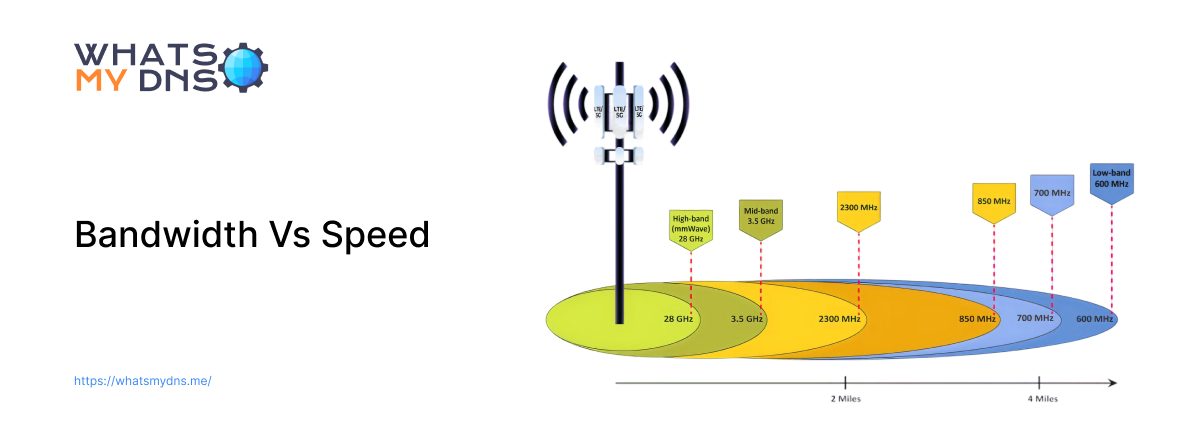Why and How to Spoof Your MAC Address

- 25 June 2025
MAC Address Spoofing is the practice of altering a device's MAC (Media Access Control) address. It is often used in security testing and enhancing privacy. However, hackers also engage in spoofing, which is used for malicious purposes.
In spoofing, the real MAC address of a device is not changed; it only appears different to networks. This blog post will teach you why and how to spoof your MAC address.
What Actually is a MAC Address?
To understand how to spoof a MAC address, first, you must know what a MAC address is.
For your information, every smart electronic device that can connect to a network has a network interface card (NIC). It is the NIC that helps devices connect to a network. Every NIC has a particular address assigned to it - the MAC Address. Yet the MAC address is typically hardcoded into the NIC's firmware, many operating systems allow temporary changes to it.
Using a device's MAC address, you can identify its manufacturer by performing a MAC Address Lookup. This lookup also helps verify whether the manufacturer is registered and provides other essential details.
A MAC address comprises 12 alphanumeric characters and usually has two components:
- OUI number
- Vendor/Serial number
The first digits of the MAC address are the OUI number meant to identify the device manufacturer and can be the same for a manufacturer. The other six numbers are serial numbers that are unique and assigned to each device produced under an OUI.
As an example, if the MAC address of a device is “00-1A-2B-3C-4D-5E”, the first six characters “00-1A-2B” are the OUI number, while the last six characters “3C-4D-5E” are referred to as a serial number.
Whenever a device is connected to a network, the MAC address lets the network identify the device.
Why Spoof Your MAC Address?
Hackers usually carry out MAC address spoofing to attack a network so that they can enter and connect to it. It is specially used to bypass networks with MAC filtering security measures.
However, sometimes, many intentionally spoof their MAC addresses to mask them for various reasons. Some of the common ones are as follows:
-
Protecting Privacy on Public Networks
The router can access your MAC address whenever your device is connected to a public network, and can be tracked (possibly).
If your device has critical information and you want an extra layer of security, you can spoof your MAC address so your sessions cannot be tracked.
It is often done by security personnel and IT professionals travelling abroad.
-
Testing Network Security
In some offices, MAC address filtering on the network is implemented to let only dedicated devices connect to the network. The spoofing technique is often used for testing to check how secure a network's access control really is.
-
Avoiding Device-Based Limits
Internet service providers or public hotspots sometimes limit access by MAC address, allowing only one device or throttling speeds per MAC. Spoofing your MAC address can help you avoid speed limits and reconnect after the limit is reached.
-
Resetting Guest Sessions
Many hotels, airports, or cafes give limited-time internet access based on your MAC address. You can reset the session timer and get more time by spoofing a new one, though this may go against the terms of service.
How Can You Spoof Your MAC Address?
The process of spoofing a MAC address varies from device to device. You cannot change the real MAC address assigned to a device; this can only be done by replacing the network interface card. You can only make it appear different to the networks by spoofing a MAC address.
Below, we have shared simple steps to spoof a MAC address on Windows and macOS.
Spoofing a MAC Address on Windows
To spoof a MAC address on Windows 10 or 11, follow these steps:
- Open the device manager in Windows and navigate to network adapters.
- Right-click on your adapter and click properties.
- Under properties, open the advanced tab.
- Next, look for “Locally Administered Address” in the Advanced tab and click on it.
- Enter your new MAC address (12 characters) without dashes and colons in the value field.
- Click “Okay” to save and restart your adapter after saving.
- Now, open the Windows command prompt and run “ipconfig/all” to verify your new MAC address.
Spoofing a MAC Address on macOS
You can temporarily spoof your MAC address on macOS. Wherever the device is restarted, it will return to its original MAC address. Here are the steps to change the MAC address on macOS.
- Navigate to the command terminal on macOS. You will find it under Applications > Utilities.
- Run the “ifconfig” command to identify your network interface name. By default, it is usually named as “en0 or en1”.
- Next, turn off your network adapter and run the command “sudo ifconfig en0 down”.
- Now, change your MAC address by running the command “sudo ifconfig en0 ether [Your desired MAC address]”.
- Turn on your network router and run “sudo ifconfig en0 up”.
- Lastly, check if the MAC address changes by running the “ifconfig” command again.
Spoofing a MAC Address Using Tools
There are some tools available that you can use to spoof a MAC address on Windows and Linux.
For example, you can use the Macchanger on Linux to randomize your MAC address. Meanwhile, TMAC and SMAC can be used for Windows.
Note: Unauthorized MAC spoofing on secured or third-party networks is illegal.
How Do Hackers Use MAC Spoofing for Cyberattacks?
MAC spoofing is not harmful by itself. But hackers are using it to carry out cyberattacks. They spoof the MAC addresses of their devices to enter a network with MAC filtering.
Below are some common cyberattacks that involve MAC spoofing.
- Bypassing MAC-Based Filters: Hackers spoof an allowed MAC address on their devices to enter unauthorized networks.
- Man-in-the-Middle (MITM) Attacks: Hackers intercept communication between two devices. By spoofing MAC addresses, they trick other devices into responding through their MAC address.
- Session Hijacking: Hackers can copy the MAC address of a logged-in user to hijack their active session (often happens on public networks). They spoof it and reconnect as that user, gaining access to their session (e.g., a hotel login).
- Evading Monitoring: Hackers spoof their device’s MAC address before carrying out a cyberattack to evade network monitoring. This helps them in hiding their device identity from networks.
Bottom Line
Spoofing a MAC address can be beneficial, but hackers mostly use it to launch cyberattacks. Spoofing your MAC address can add an extra layer of protection when connected to public networks. It also helps you in testing the MAC filtering applied to a network. If you need to spoof a MAC address, follow the steps in this blog post above. Just use it ethically, or else you might encounter a legal offense.
FAQs
Is MAC address spoofing safe?
MAC address spoofing is neither inherently safe nor inherently unsafe. It depends on how and why it’s used. Ethical uses include privacy protection or network testing. However, malicious spoofing can bypass restrictions or impersonate devices.
Is MAC spoofing permanent?
No, MAC spoofing is not permanent. It temporarily changes your device's MAC address and typically resets after a reboot. It is an exception if configured to persist through startup scripts or network settings.
How to prevent MAC spoofing attacks?
To prevent MAC spoofing attacks:
- Enable port security on your network switches.
- Use authentication to verify device identities.
- Monitor network traffic for unusual MAC address activity.
- Segment your network with VLANs and access controls.
- Keep firmware and security tools up to date.
Related Blogs

Why Is ChatGPT Not Working and How Can You Fix It?
ChatGPT may stop working due to outages, network issues, or device errors. This Blogpost explains the causes and gives quick fixes. You learn how to diagnose errors, check service status, and restore access quickly.
- 28 Nov 2025

What is a DNS MX Record?
Learn what MX records are and how they keep your emails flowing to the right inbox
- 24 Apr 2025

Bandwidth Vs Speed - A Complete Guide to Understand the Difference
Learn how bandwidth and speed differ, how they impact your internet performance, and why both matter for your connection
- 02 Jul 2025